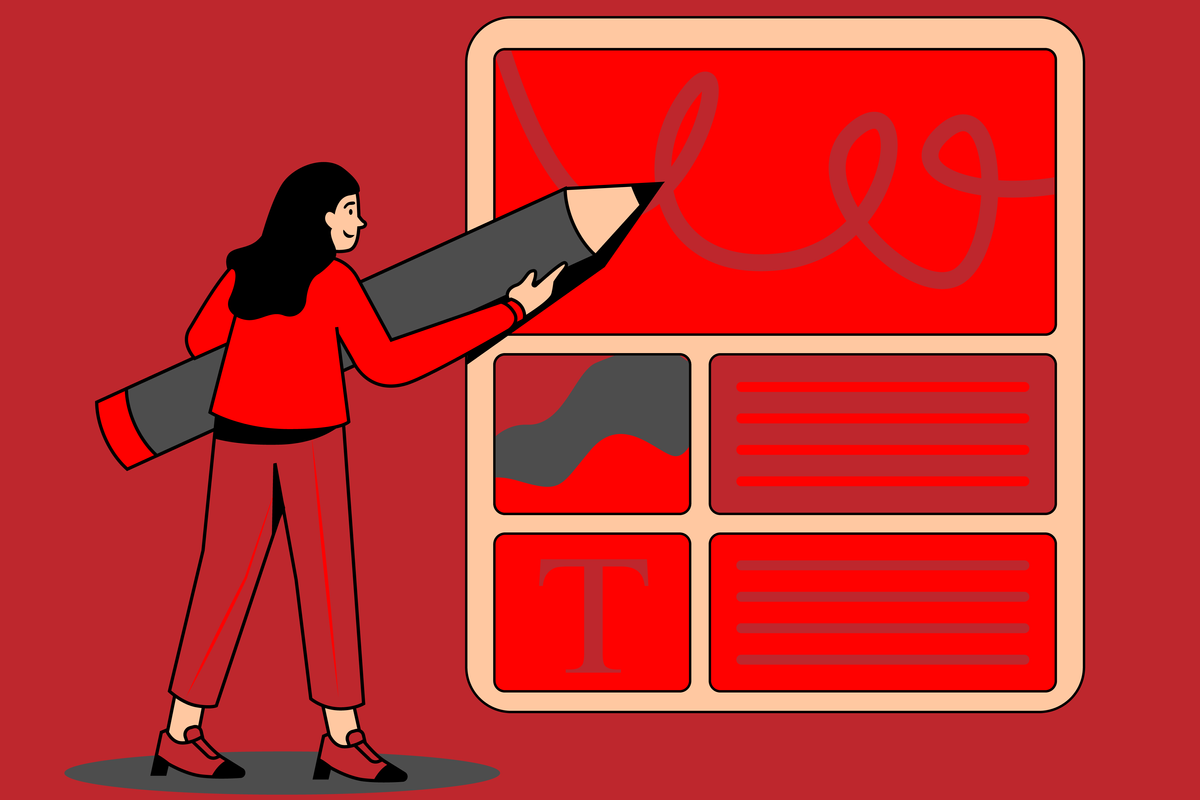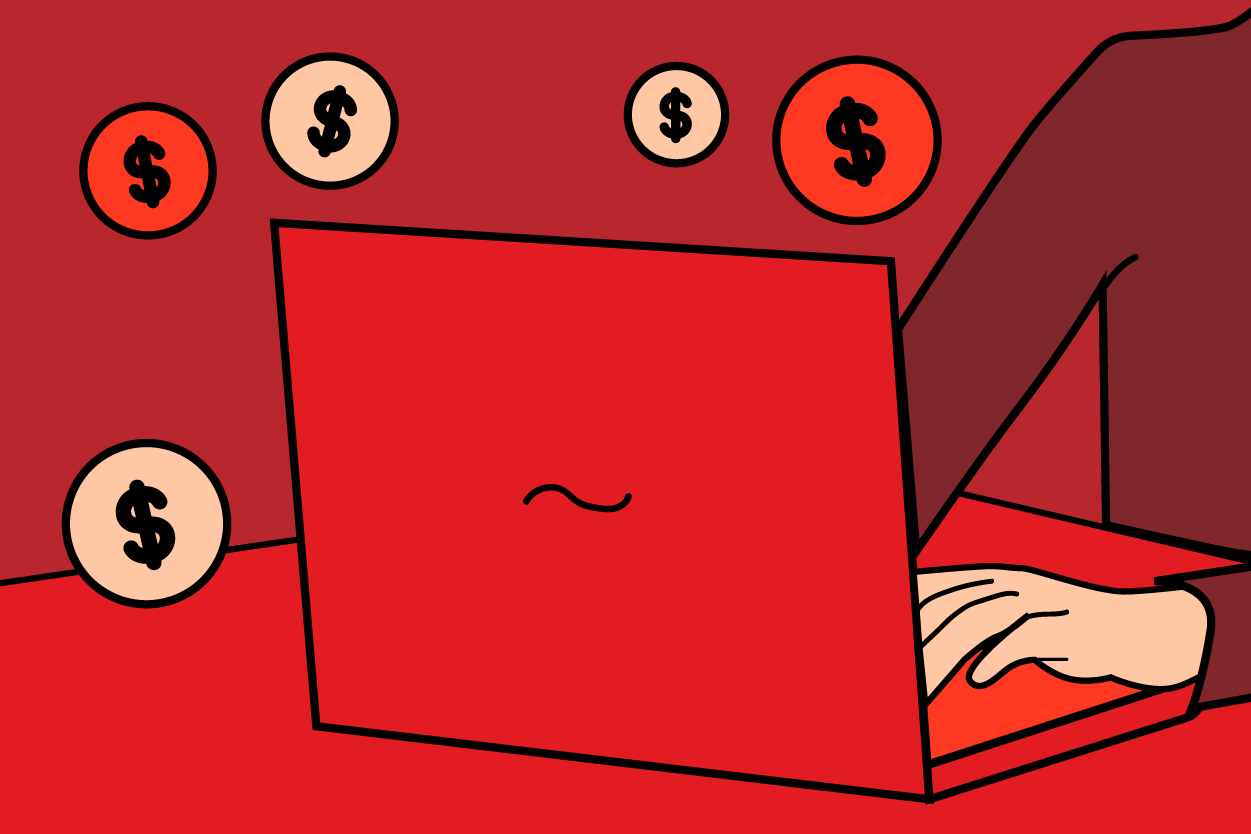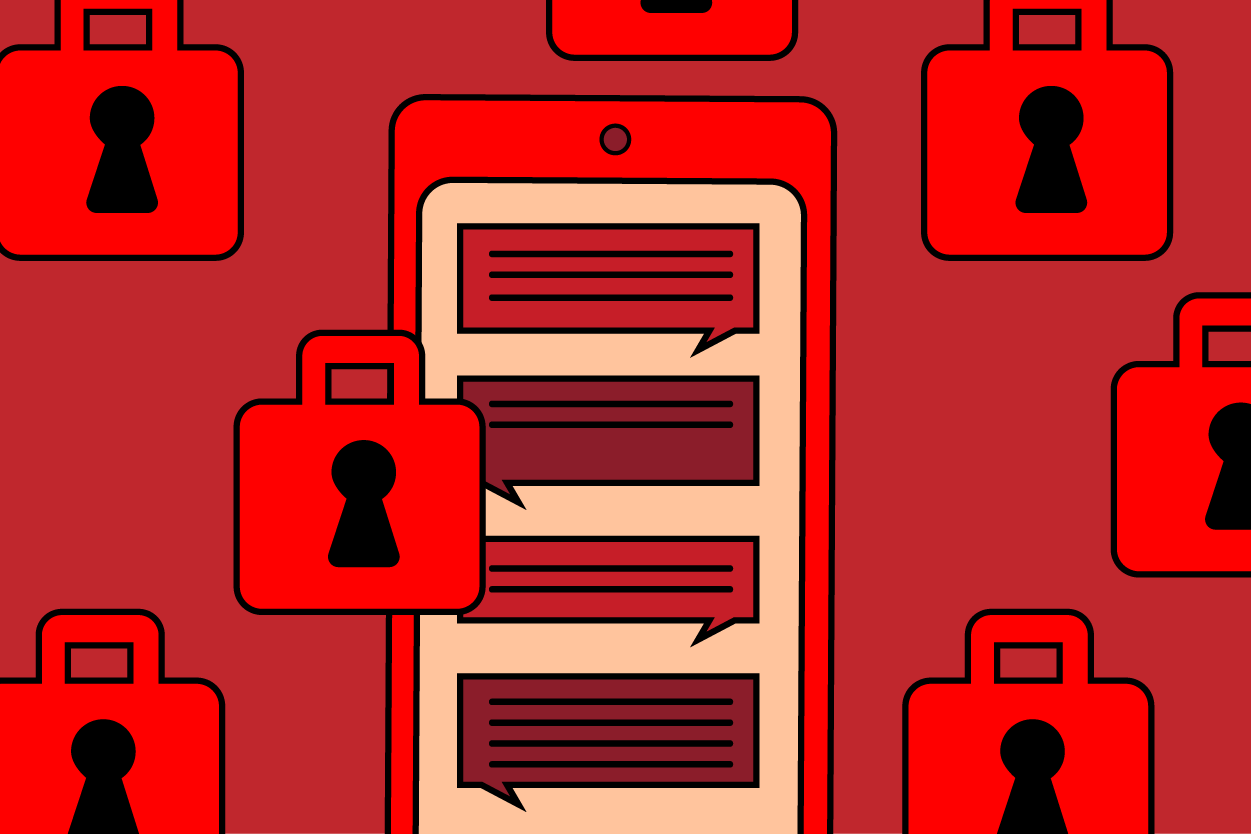LinkedIn’s Investment in Games Signals a Bigger Trend
The Top Story Professional networking might seem like the last place you’d expect to find word puzzles, yet LinkedIn
As people start to pull back from their screens, marketers must now face the challenge of keeping engagement high in an environment where users are tuning out.

Social media has become the go-to space for brands to connect with audiences, sell products, and build their identities. Whether it’s an Instagram post, a Twitter thread, or a TikTok trend, these platforms have undoubtedly transformed into powerful marketing tools for businesses of all sizes and industries. But as much as they dominate our daily lives, something unexpected is happening—people are starting to feel worn out.
Digital fatigue is essentially the exhaustion that comes from being constantly plugged into the digital world. The endless scrolling, non-stop notifications, and pressure to stay up-to-date can naturally leave some users feeling overwhelmed. And for social media marketers, this is a big deal. After all, as people start to pull back from their screens, marketers must now face the challenge of keeping engagement high in an environment where users are tuning out.
So, how does digital fatigue impact social media marketing? And more importantly, how can marketers adapt to this new reality?
Let’s quickly go over how digital fatigue is affecting social media marketing today:
First and foremost, digital fatigue leads to lower engagement. If users are too exhausted to interact with content, even the most well-crafted posts can get lost in the noise. As such, the likes, comments, and shares will all start to dwindle as people become more selective about where they focus their attention.

People are now actively cutting down on their screen time to combat feelings of burnout. This means marketers have fewer opportunities to get in front of their target audiences. Whereas once users might have spent hours browsing Instagram or scrolling through Facebook, they’re now choosing to unplug more frequently.
As people become more overwhelmed by the constant flow of ads and branded content, trust in brands can take a hit. When every other post is promotional, users may start to view social media as a never-ending stream of marketing, making them more resistant to engaging with branded content.
Digital detoxes, once considered only to be a niche trend, have now become mainstream. And as more and more people unplug to combat digital fatigue, marketers must face the challenge of staying relevant in an environment where users are actively reducing their online time.

The good news is that digital fatigue doesn’t mean the end of social media marketing. In fact, it’s a great opportunity to rethink and refine strategies. As such, brands that can meaningfully adapt to this shift will not only survive but thrive by delivering more intentional, meaningful content.
Here are some great ways marketers can start adjusting their approach:
In the past, many brands operated under the belief that more content equaled more engagement. But in a world of digital fatigue, bombarding users with content can have the opposite effect. Instead of focusing on quantity, aim for quality. High-value content that is educational, inspiring, or entertaining will cut through the clutter and resonate more deeply with audiences.
Users experiencing digital burnout are often turned off by overly complex or busy content. Minimalist content—simple designs, clear messaging, and clean visuals—can provide a breath of fresh air in crowded social feeds. By offering concise, to-the-point content, you’re making it easier for users to engage without feeling overwhelmed.
Brands can actually stand out by showing empathy. Instead of pushing for more screen time, why not encourage healthier digital habits? Share tips on how to manage screen time, advocate for digital breaks, or even suggest offline activities. This approach is great for fostering trust and showing that your brand cares about more than just engagement metrics.

Contrary to popular belief, not all engagement has to happen on social media. With digital fatigue in play, marketers should consider branching out to other channels—like email newsletters, podcasts, or even in-person events.
Instead of flooding followers’ feeds with constant updates, consider timing your posts more strategically. Use analytics to determine when your audience is most active and engaged, and focus on posting during those peak times. This way, you’re not adding to the noise but are instead catching your audience when they’re most likely to pay attention.
Now more than ever, people crave genuine connection. Brands can respond to this by fostering a sense of community rather than simply broadcasting content. Actively engage with your audience in the comments, create opportunities for user-generated content, and build spaces where people feel heard and valued. When users feel part of a community, they’re more likely to stay engaged even in the face of digital fatigue.
Interactive content, like polls, quizzes, and live videos, offers a fun way to engage users without overwhelming them. Not only do these formats encourage active participation rather than passive consumption, but they also give users a much-needed break from the endless scroll while still keeping them involved with your brand.
As we move forward, social media marketers will have to find the right balance between maintaining engagement and respecting the well-being of their audience. Remember, digital fatigue doesn’t mean users are abandoning the digital world entirely—it just means they’re looking for more meaningful, less overwhelming interactions.
The brands that will thrive are those that can offer genuine, thoughtful, and balanced experiences. Instead of competing for attention with every post, our focus as marketers should shift to creating content that feels intentional and mindful of the audience’s time and energy. Those who master this approach will not only be able to navigate the challenges of digital fatigue effectively but will also emerge stronger, more trusted, and more relevant in the eyes of their audience.
Here at Adriana Lacy Consulting, we understand the challenges that digital fatigue poses for marketers and brands alike. If you're ready to shift your social media strategy to create content that actually connects without overwhelming your audience, reach out to us today. Together, let’s work to build more intentional and engaging connections with your audience while keeping their well-being at the forefront.